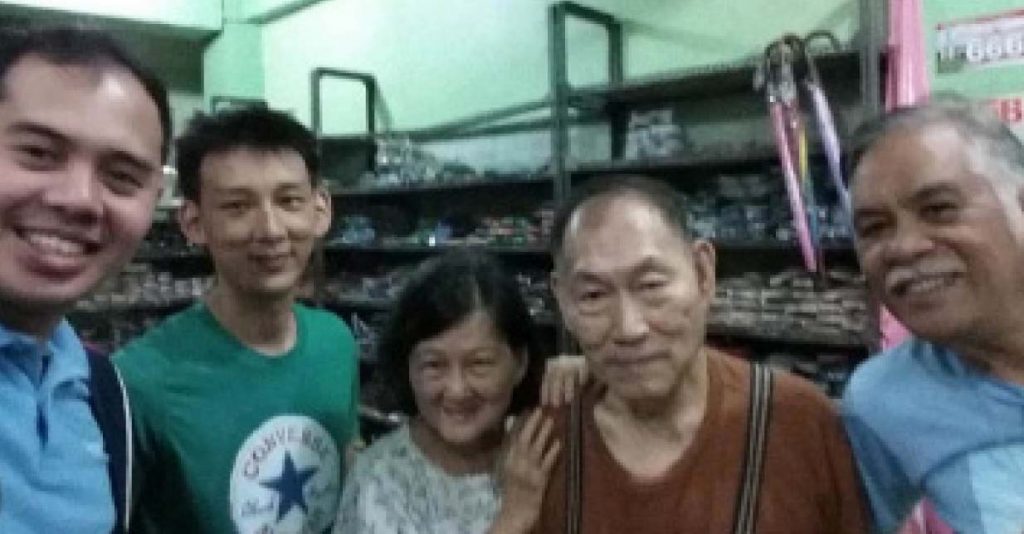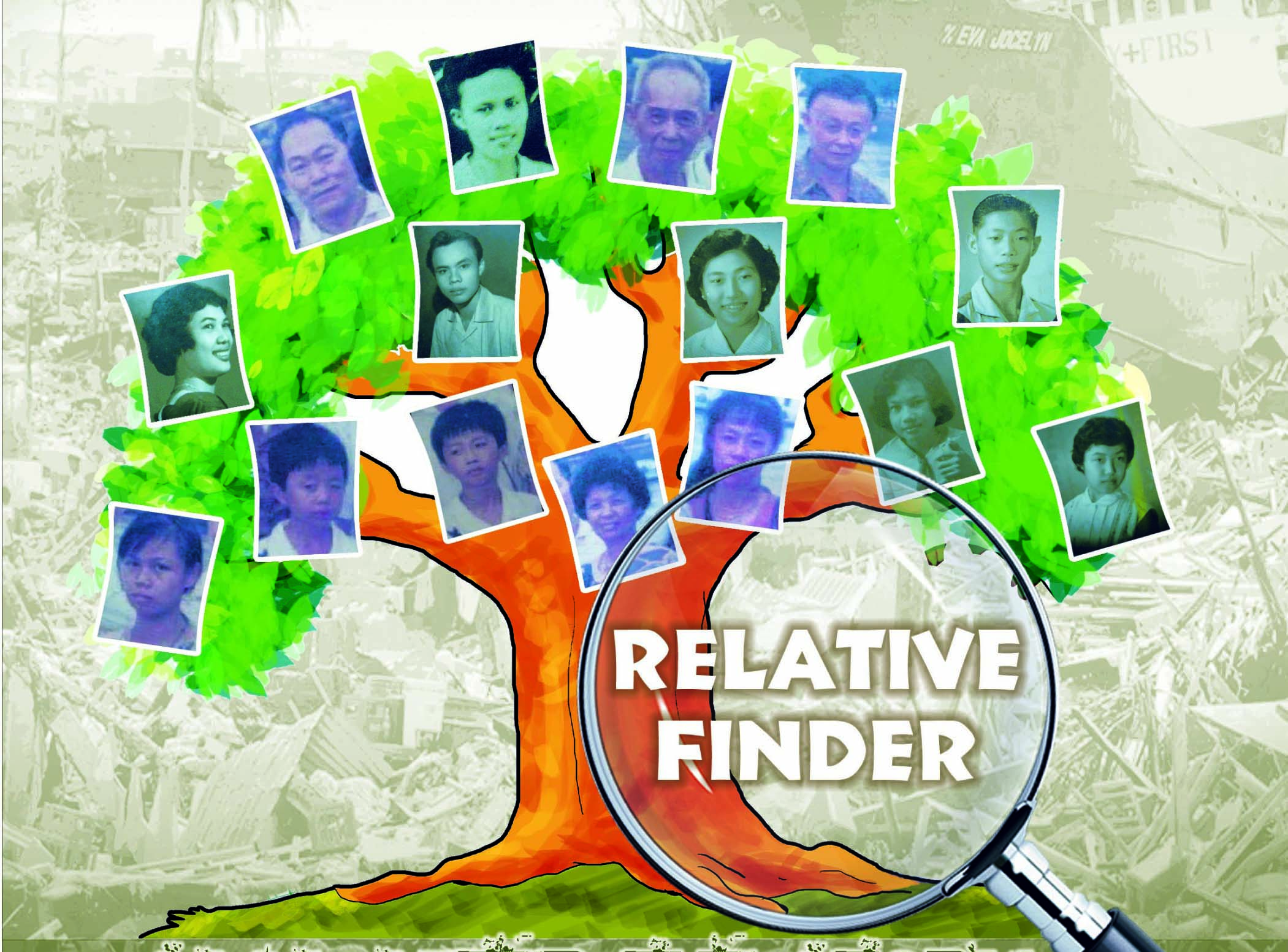On Nov. 8, 2013, less than two months after becoming acquainted with Ed Lim on Facebook, our country was struck by one of the worst natural disasters in history.
Super Typhoon Yolanda (international name Haiyan), the strongest typhoon on record to ever make landfall, hit the Visayas.
Approximately 6,300 people were killed, infrastructure and livelihood worth billions of pesos were destroyed. So great was its impact that we in Region 8 are still reeling from its devastating effects. My town in Catarman, Northern Samar was spared, but had the typhoon veered just the slightest, we would have been wiped out.
Tacloban City was ground zero and almost totally destroyed. I have many friends and relatives who live and work there and the frantic search for them began immediately, as downed communication lines caused a news blackout.
My desperate search included Ed and his family. I contacted Kaisa, and they promised to ask around Tacloban when they sent their relief teams there.
I posted a message on Ed’s FB wall, asking him to respond if he is safe. I also registered his name in an online missing persons search made available by ABS-CBN called Kapamilya Finder.
Weeks of anxious waiting for news was exacerbated by gruesome tales from our friends and relatives who survived and were able to return home.
I’ve reunited families between mainland China and here in the Philippines, often only based on old letters and photos and relying on communication technology like email and instant messengers. Surely I can be just as creative in this search.
Many portals had been set up to search for the missing. Online, there is Google Person Finder where searchers can post names of the missing, look for any news on them, and for aid workers and concerned parties to provide updates on names on the list.
There are also FB groups called “Tacloban” and “Waray.” A friend who was coordinating searches for our townmates trapped in Tacloban added me to the group. However, I obtained very little information from these sites.
Media reporters who were onsite covering the recovery efforts were more effective. The International Committee of the Red Cross, with decades of experience reconnecting families after wars and natural disasters, proved effective as well. They went house to house and reported on collected information.
On Nov. 11, Ed’s older brother Joseph finally posted news on his Facebook wall: Ed and the entire Lim family are safe. Ed’s parents, his sister-in-law and the children of the family were to move out of the disaster zone that same day. Ed and four other adult family members had to wait. Then his sister Jeanette posted on Nov. 13 that Ed and the rest would fly to Cebu that afternoon and temporarily stay with them. The whole family was reunited.
I finally contacted Ed by text several days later and he related their ordeal. Their house was close to the sea, and seawater completely flooded their store on the ground floor, almost reaching the second floor of their house which served as the family’s living quarters. Worse, winds tore off their roof and rainwater gushed in from above as well.
The nightmare was even more frightening during the immediate aftermath. The family had to ration Skyflakes and drank rainwater. The stench of death had begun to spread all over downtown.
Peace and order had broken down. In the pitch darkness, they could hear banging on metal garage doors of the stores that lined their street. Burglars and looters started ransacking the stores, getting closer to Ed’s establishment.
Luckily, just when their neighbor’s establishment was about to be ransacked, the military arrived and secured the area. But safety was not assured since the burglars were very brazen, attempting to enter the stores despite the presence of the military officers.
The family had to evacuate. With the front of their store clogged with debris, Ed and his parents had to climb the roof of their building to pass through their neighbor’s house. They proceeded to the airport where his sister was able to secure seats for them to fly out to Cebu.
Return to Tacloban
After two weeks, Ed and his parents returned to Tacloban. In any disaster, the lives taken are the greatest, irreplaceable loss. Property destroyed can sometimes be rebuilt.

But some things, particularly heirlooms such as old black and white photographs that often do not have negatives or duplicates, are also irreplaceable.
During the typhoon, they tried to save as many documents as they could. The drain on their roof deck was not able to cope with the volume of water that poured in. All the windows were shattered and the building was flooded.
Documents, including the old photos which they had held on to for 20 years (see pp. 8-9 ) and kept in the ground floor office, were soaked in stagnant water for two weeks and unrecoverable.
Ed was saddened that the treasured pictures of a family that longed to be reunited were completely ruined. It was a good thing that he took copies of these old photographs and letters on his mobile phone and posted them on FB.
Light in the dark
Early morning of Jan. 4, found me writing my reflections while waiting at Tacloban’s airport to return to Manila.
Although it’s a six-hour drive from Catarman, Northern Samar, flights in Tacloban are much cheaper and there’s a better chance of flight availability.
I used to sleep two to three hours outside the terminal since the airport opens only at 5 a.m. and Catarman public vans usually arrive at the airport around 1 a.m. By 5 a.m. I am supposed to be comfortably sitting inside. But this was no longer the terminal I am used to.
The entire airport’s walls were missing, swept away by waves so high they went over the alcoves of the building. The freezing January air filled the terminal. Markers for arrival and departure areas were spray-painted on remaining columns, making the place look like a war-torn area.
The entire alcove was missing too. Above the metal trusses and broken wiring are large patches of replaced roofing. Beside my chair was a pillar pasted with smiling and lively pictures of missing people, from the old to the very young.
Tacloban was as dark and dead as night. As I stared out into the darkness, I saw Christmas lights flickering on lifeless trees, transforming the terminal into an island of lights amid the desolation. Beyond the darkness the stars lit up the sky. Amid all this sadness, there was joy.
Despite the intense and traumatic calamity of which Ed was a victim, a witness and a survivor, he still helps with our mission to find his relatives in China, without asking for anything in return. Despite his tremendous loss, he continues to give. His selfless spirit is truly a light in the dark. — First published in Tulay Fortnightly, Chinese-Filipino Digest 29, no. 3 (July 5-18, 2016): 11.
